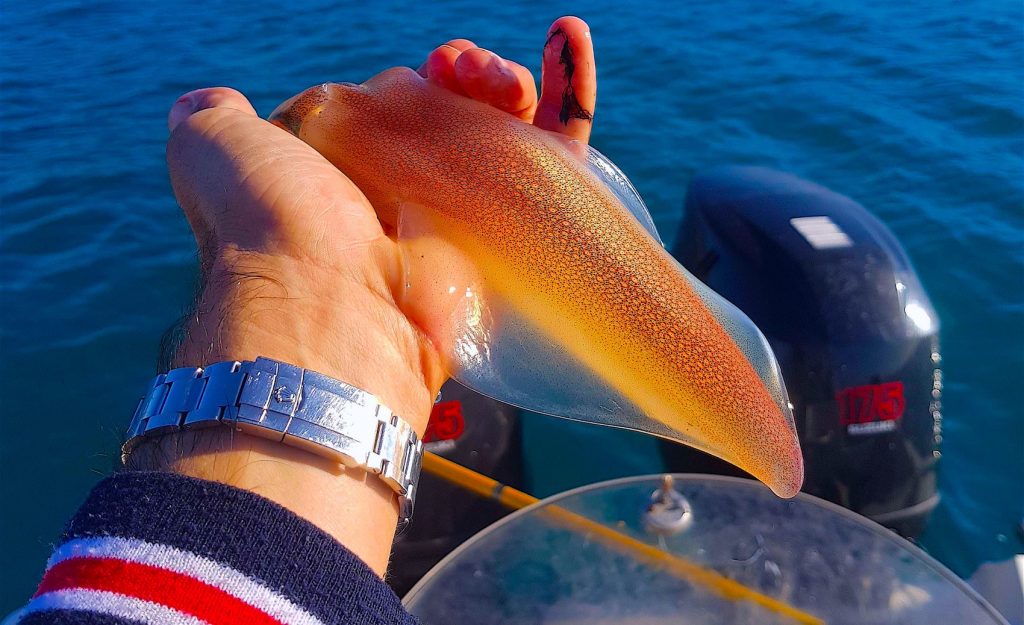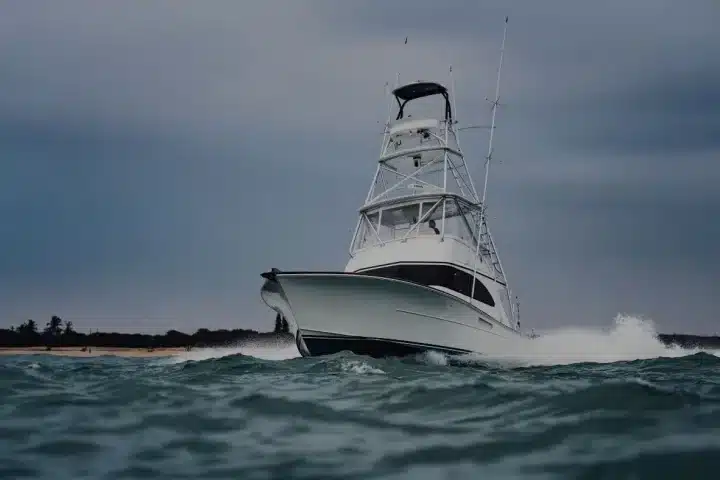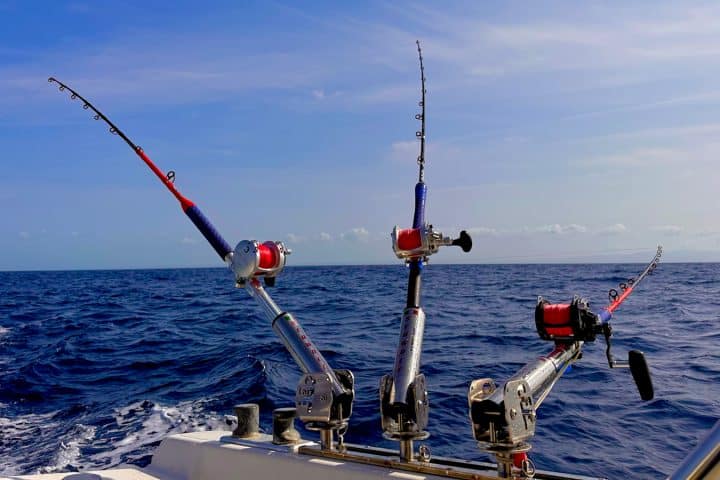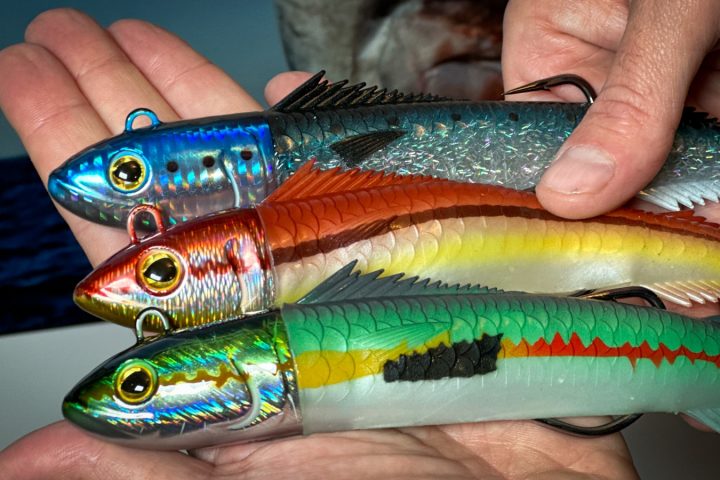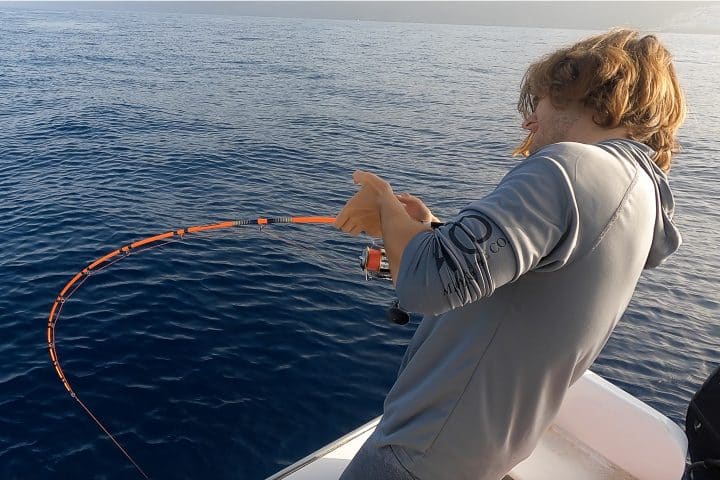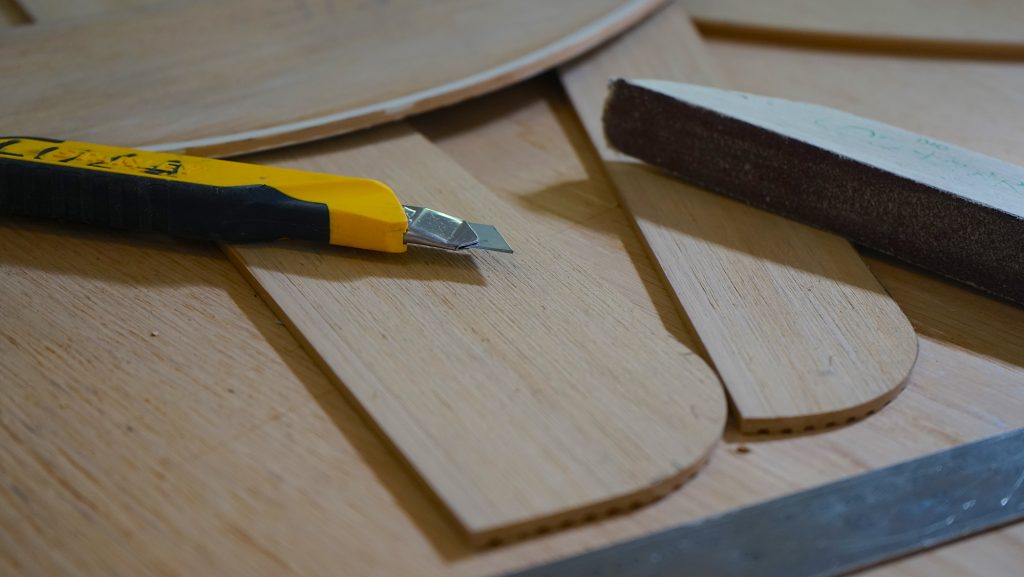
Last week, we published an article showing a delicious recipe prepared with local fresh squid because all those who, like us, love the sea and fishing in general certainly cannot buy it at the supermarket!
Since the dawn of time, squid has always been caught with the traditional “seine” technique, a particular method of fishing that employs a fishing net of large diameter that hangs vertically in the water with its bottom edge held down by a lead weight and its top edge buoyed by floats. Over the last few years, however, the “Rising Sun” fishing lines have significantly contributed to make squid fishing available to anyone and “made in Japan” technology and inventiveness have progressively taken over the Mediterranean practice and tradition.
Squid fishing “in practice”
First of all, we should clarify that every coastline of our country has its own seasonality and reality which need to be discovered in order to achieve the desired result with the help of both a good fish finder and a good dose of experience. Anyway, we can say that, throughout the course of a day, squids prefer stay in the immediate vicinity of forage fish, like jack mackerels, shads, boxfish, on 40-meter sea bottoms; at dawn and at dusk, they can be found on less deep floors (about 20 meters in depth).

It is highly recommended to use only high-quality multifiber with a diameter ranging from 10 and 15 hundredths of diameter. The traditional method to join artificial “squid/oppai” jigs to the fluorocarbon mother-line consists of a loop taken from a “dropper loop” fishing knot. But we will deal with it in another article in the next few days.
They are artificial teardrop lures, often made of soft material and covered with a coloured gauze of about 7 cm in length; they should be mounted in series on the fishing line in order to have more chances of catching fish. My advice is to use more colours. If you have no time and or you simply prefer to enjoy a ready-to-use option, special “fishing kits” are currently available on the market.
Beyond technique, it is good to know that this nice cephalopod, joy and delight of our palate, lives very close to anchorages.
Many yachtsmen, especially sailors, love enjoying the sea and staying at anchor to spend their nights, enjoy a little peace and escape daily routine. It is not clear why but lights, sounds, everything available on board makes the food chain gravitates towards boats and squids, too, are part of this community.
When staying at anchor, if you are not a squid fishing addicted, our advice is to place a pair of simple rods and oppai jigs in the time between sunset and dawn on a seabed of at least 12 meters in depth.

Meantime, everyone can get on with his life on board, taking a look at the top of the rod every now and then..Its sensitivity, in fact, will be our alert. Waves will animate lures, making them fatal to all cephalopods, including octopus, cuttlefish and squids. Areas and seasonality play a key role; autumn months are the best ones but two rods certainly do not compromise life on board, so… good catch to everyone!
The squid in a nutshell
This cephalopod generally lives in 20-250 meter depths and, at night, it comes to surface looking for food. It has a fusiform body, with two large rectangular swimming fins along each side. Its size commonly ranges between 15 and 25 cm but it can be up to 60 cm in length in bigger species. The squid has 10 tentacles with 4 or more series of suckers. Squid common food includes fish, shellfish and small crustaceans.


